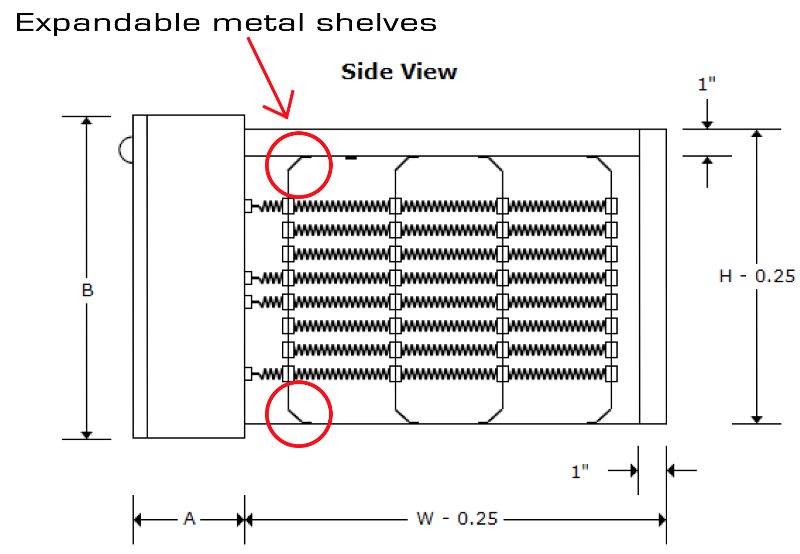HOT Enough to Handle...? Process Heaters
Neptronic electric heaters are designed for various applications to accommodate dimensions, kW and voltage. Amongst many of the available options there is the "Process Heater" option for applications requiring a high discharge temperature (above standard temperatures). These heaters are used mainly for baking, drying or other processes that could reach up to 1200°F (648°C) and 1000 kW if designed and built to Neptronic's proven standards.
Process Heater vs Standard Heater
Why wouldn't a standard Neptronic heater be suitable for high temperature applications? What is the difference?
Reason #1: No cut outs
A regular Neptronic heater is equipped with automatic and manual thermal cut outs. These thermal cut outs are per our UL/CSA/ETL standards and will cut out the heater at a certain temperature. These temperatures vary with the type of heating element used in the heater.

Process heaters are not equipped with automatic or manual thermal cut outs. And due to this reason they are not UL/CSA/ETL certified. However, these heaters come with connection points to install a high limit by others.
Reason #2: Construction
As for the construction of the heater itself, the metal shelves in the frame are designed differently in order to take in the high temperature without cracking or damaging the structure. The metal shelves on process heaters are bent in 45° angle allowing it to expand with high temperature whereas the shelf on a regular heater has a flat 90° angle to the frame.
Standard Heater
Shelf has flat 90° angle

Process Heater
Shelf has 45° angle allowing for expansion at high temperatures

Important Notes
Note that a regular Electric Heater cannot be modified in the field to use for high temperature applications. Neptronic does not recommend bypassing or removing the thermal cut outs on a regular heater. Neptronic assumes no responsibility for modifications made on heaters unless performed by Neptronic authorized personal. The warranty shall cease in the event of misapplication or misuse of the product.